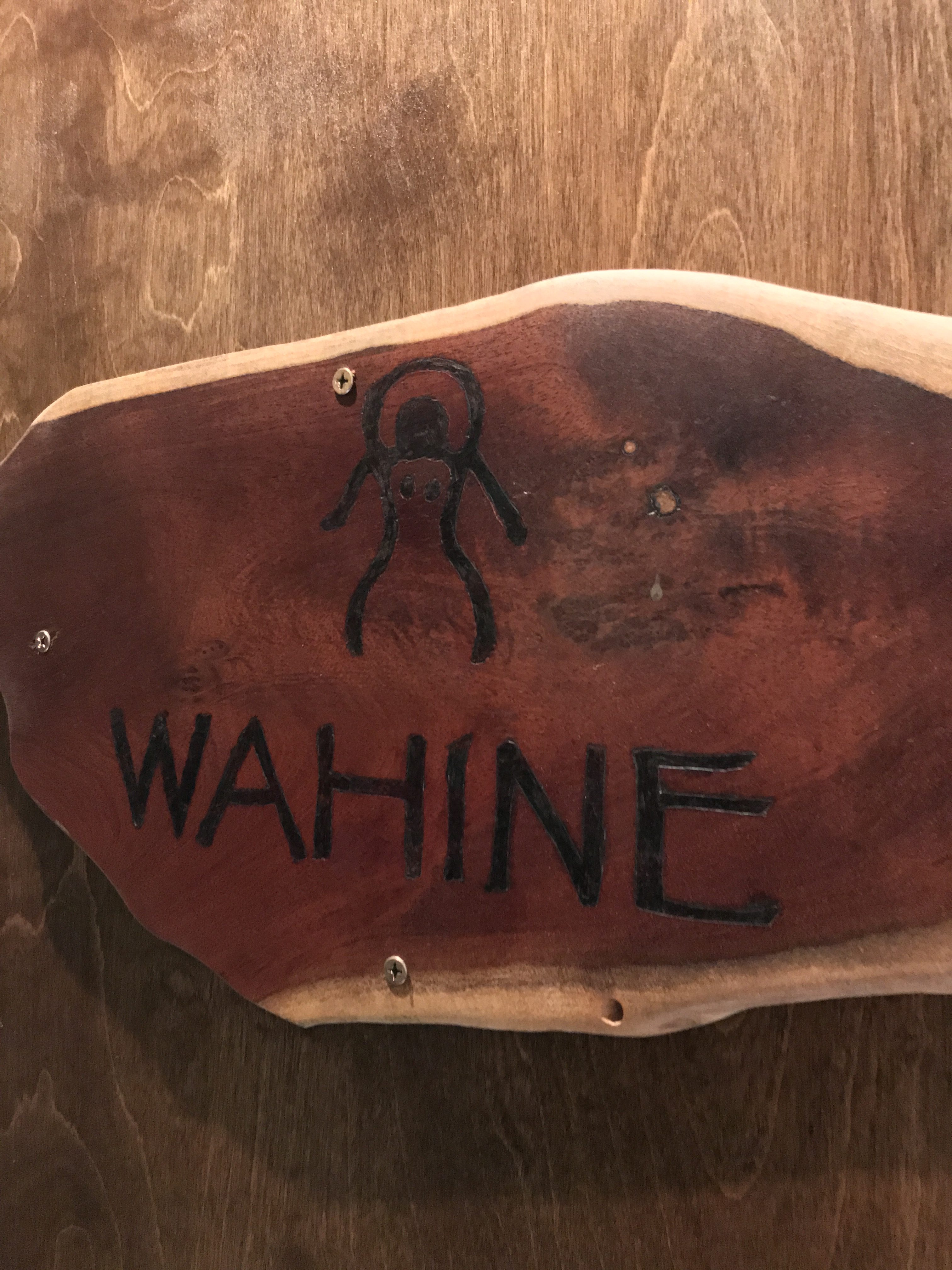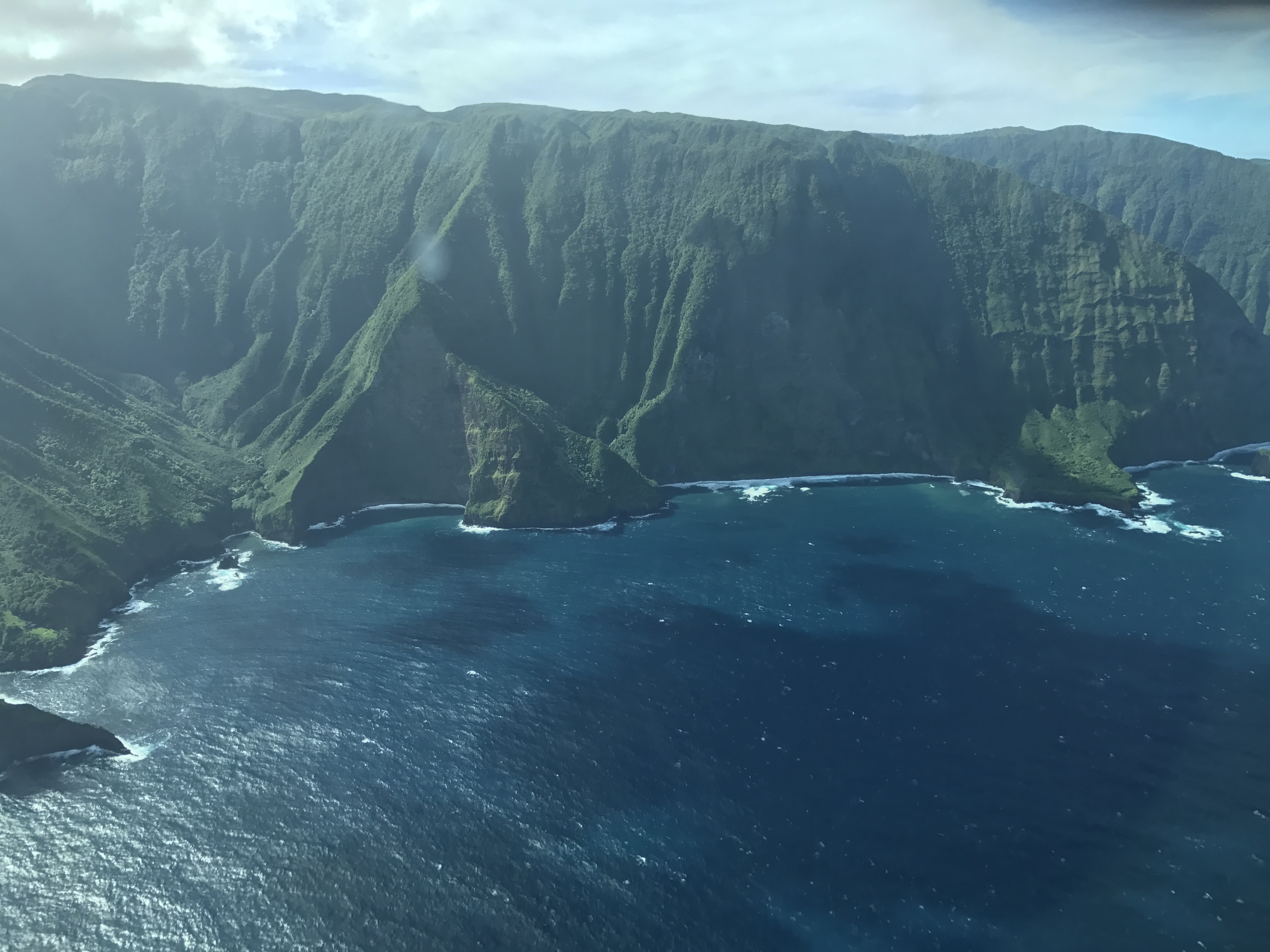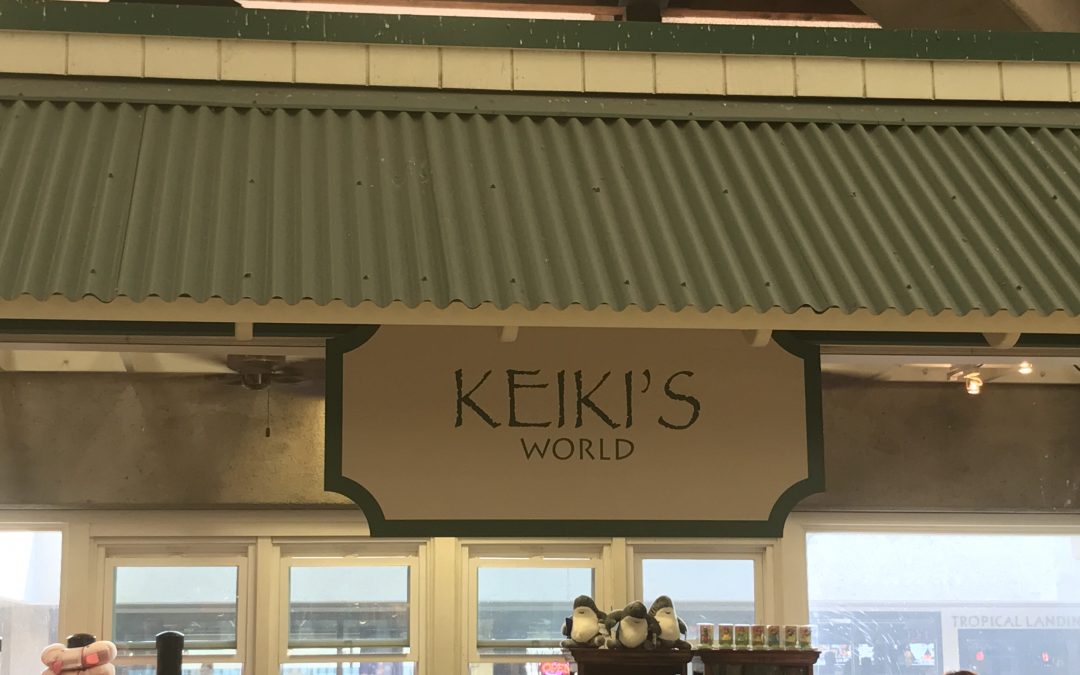Hawai’i is the only US state to have two official languages: English and Hawaiian. While it’s rare to hear locals conversing in Hawaiian, areas where more native Hawaiians live such as the Waipi’o Valley on the Big Island, and especially the island of Niihau (off limits to tourists) use it daily. While there are currently not many speakers due to the language being banned in schools and government after Hawai’i was annexed as a state and not being reinstated until 1986. There is an ongoing attempt to revitalize the use of the language thankfully, but you can still find the influence of Hawaiian around the islands.
Hawaiian Pidgin, a creole language is more commonly heard and spoken by locals. Most words are recognizable (den/then, da/the, ass/thats) but there are some common phrases/terms that could come up and are good to know.
A little note: Describing people of different backgrounds is a bit different in Hawai’i due to history and their culture:
Hawaiian: Is only to reference someone of the native Hawaiian race.
Local: Someone who is born in Hawa’ii regardless of race (except white)
Haole (how-lee): White person, is not meant to be an offensive term just a common one used by locals
Common Terms
Aloha: The most popular word, it means hello, goodbye, and love
Mahalo (ma-HA-low): Thank You. Apparently some tourists think this means “trash can” because it’s commonly seen on them.
Mahalo Nui Loa: Thank you very much
E Komo Mai (eh komo my): Welcome. Seen outside stores frequently.
‘Ohana (oh-HA-na): Traditionally means “Family” but is also commonly used as a broader term for friends, community, typically referring to a gathering
Kokua (koh-koo-a)- Help

Out and About
Keiki (kay-kee)– Children, seen a lot at restaurants as the “Keiki menu”
Kane (Kah neh)– Man (used for restrooms/dressing rooms)
Wahine (Wah hee neh)– Woman (used for restrooms/dressing rooms)
‘Ono (oh no)- Tasty, Delicious. Also a type of fish (also called Wahoo) common in Hawai’i
Pupu(s) (yes, its pronounced poo-poo)– Appetizer(s) or finger food
Kamaʻāina (kah ma eye na)– Literally translates to “child of the land,” means a resident of the islands. Seen mainly in forms of “Kama’aina discounts” or “Kama’aina rates” which if you don’t have a Hawaii license or ID you wouldn’t be eligible for.


Directions Since GPS can be spotty in certain areas and not accurate to find hikes and beaches, locals may use these terms when giving directions
Windward: North and/or East sides of the island (varies depending on which one) that due to trade winds and mountain ranges gets more rain and wind.
Leeward: South and/or West side of the island that is drier with less rain.
Mauka (mow-ka):Towards the mountains Makai (ma-kye): Towards the sea

Good to Know
Hale (hah-lay): House
Hana (hah-na): Work
Hula: Hawaii’s dance with chants and song, usually tells a story
Lanai (la-nigh)-:Porch/patio usually roofed and typically in the back of the house
Lei: Necklace that can be made not only of flowers, but also from shells, nuts, and feathers
Lu’au (loo-ow): Hawaiian feast or party
Pau (pow): Done

Pidgin Words and Phrases:
“Like beef?” : Fight
Da Kine: While it looks like “the kind” it can mean whatever the speaker wants it to mean.
Brah or Braddah: Brother
Grind: To eat
Grinds/Grindz: Food
Shaka: Cool, Awesome (also shown by the “hang loose” hand gesture)
Stink eye: Dirty look/glaring
Talk Story: make small talk

